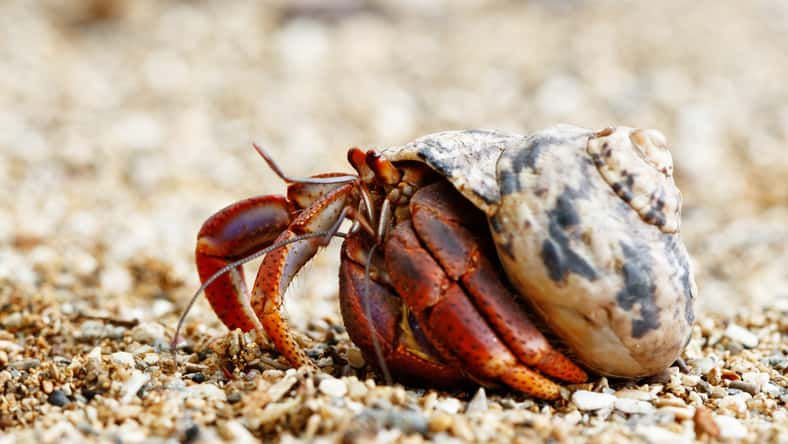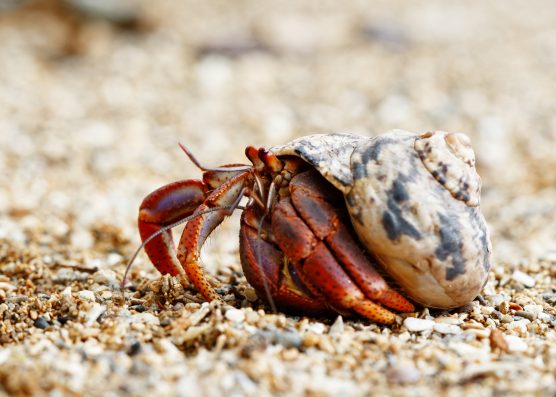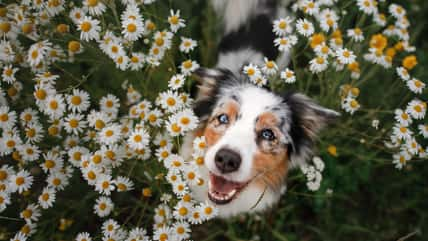Hermit Crabs Are Interesting, Low-Maintenance Pets That Bring A Touch Of The Ocean Into Your Home

Are you looking for an interesting, low-maintenance pet that brings a touch of the ocean into your home?
Hermit crabs may be just what you’re looking for! These fascinating crustaceans are fun to observe and relatively easy to care for, which means they’re ideal for both new and seasoned pet owners.
Before getting a hermit crab, here’s what you should know about their behaviors and care requirements in order to make the animal feel at home and maintain its health.
If you take proper care of your hermit crab, it can be your companion for years to come. Read on to discover how a hermit crab will make the perfect addition to your household!
First of all, not all hermit crabs live in the ocean. There are land hermit crabs, too. Land hermit crabs are the most common type of pet.
They come from warm, tropical climates and live near the shoreline, where they have easy access to water.
Moisture, humidity, and temperature are very important factors to consider as you build a habitat for your pet.
Housing
Hermit crabs are actually social creatures and are best kept in groups. House them in a glass or plastic 10-gallon tank.

Ralf Lehmann – stock.adobe.com – illustrative purposes only
One with a sliding glass lid will help retain humidity. Avoid putting gravel or wood shavings in the tank. Instead, add sand, fiber bedding, or crushed coral.
Hermit crabs prefer sand because they can burrow down in it. Playground sand from home improvement stores or aquarium sand will work well.
Furnish the cage with shells, stuff to climb on, and food and water dishes. As hermit crabs grow, they will change into new, larger shells.
Make sure to have a few clean, empty shells of varying sizes available so your pet can choose which one will be the best fit.
Provide your pet with climbing surfaces, such as choya wood, pieces of coral, and driftwood. Artificial plants can also help add variety and visual interest to the tank.
Furthermore, hermit crabs need two water dishes. One should be filled with fresh water, and the other should contain salt water.
The bowls should be shallow enough for the crab to soak in and get back out without struggling. You can place small stones in the dishes that your crab can use as steps.
Natural sea sponges can help your pet drink water and regulate the humidity of the environment. All water given to hermit crabs must be dechlorinated. Salt water should be prepared with a special marine aquarium salt.
Temperature And Humidity
Hermit crabs are happiest when temperatures are at 72 to 80 degrees Fahrenheit. If the temperature drops below 72, the crabs will become sick and stressed. Use a tank heater to maintain appropriate temperatures.
Place the heater under one side of the tank to create a warmer section and a cooler section so they have a choice in temperatures.
Humidity also needs to be closely monitored. Hermit crabs breathe through gills. If the air is too dry, they will suffocate.
Humidity levels should be kept around 70 to 80 percent. It’s not ideal for humidity levels to be higher than that because it can cause condensation and encourage the growth of bacteria in the tank.
Lighting
Low-wattage and special night light bulbs are beneficial for hermit crabs because they can become more active with lighting.
They depend on light to regulate their behaviors. The lights can even help with temperature regulation.
Give the crabs 12 hours of light and 12 hours of dark to mimic natural cycles. Install your lights through a lighting hood over the tank. Do not use a desk lamp or high-wattage bulbs. These light sources may overheat the tank and dry it out.
Sign up for Chip Chick’s newsletter and get stories like this delivered to your inbox.
More About:Animals





